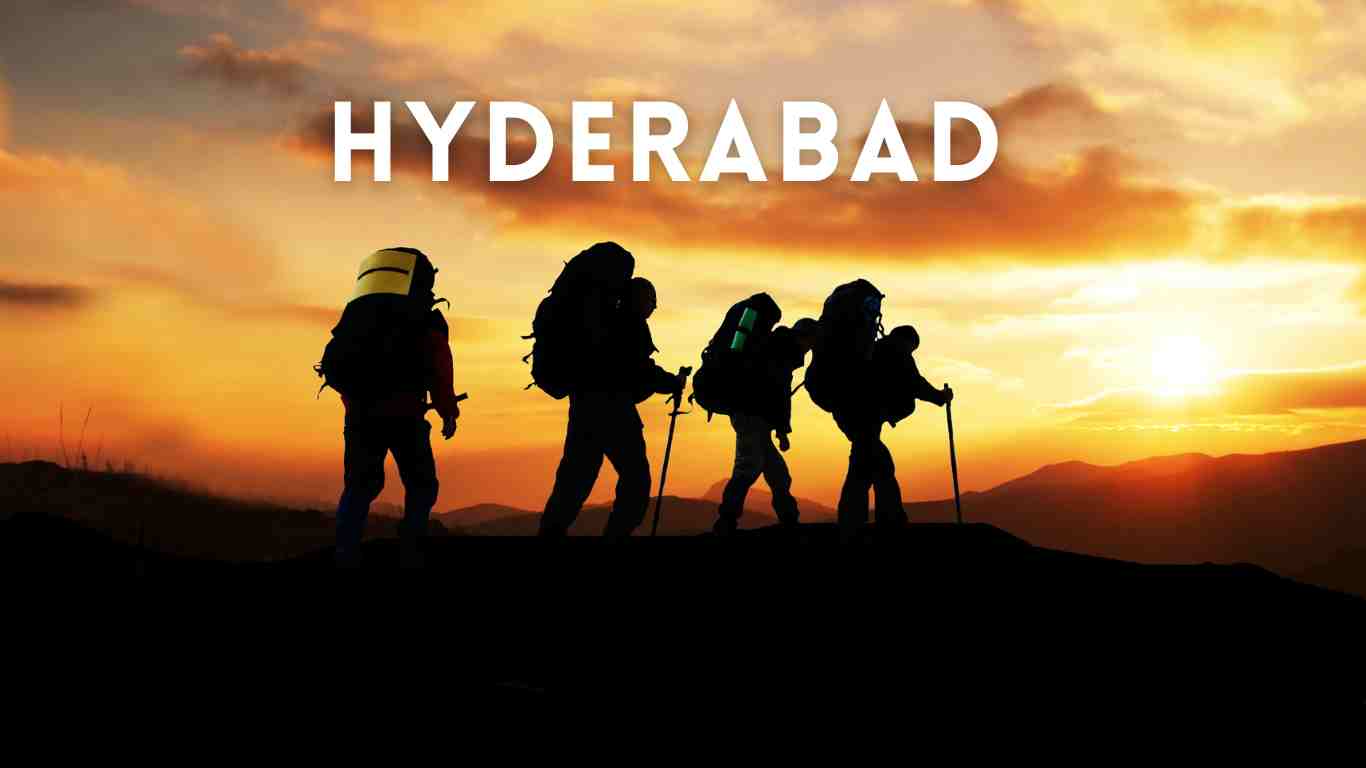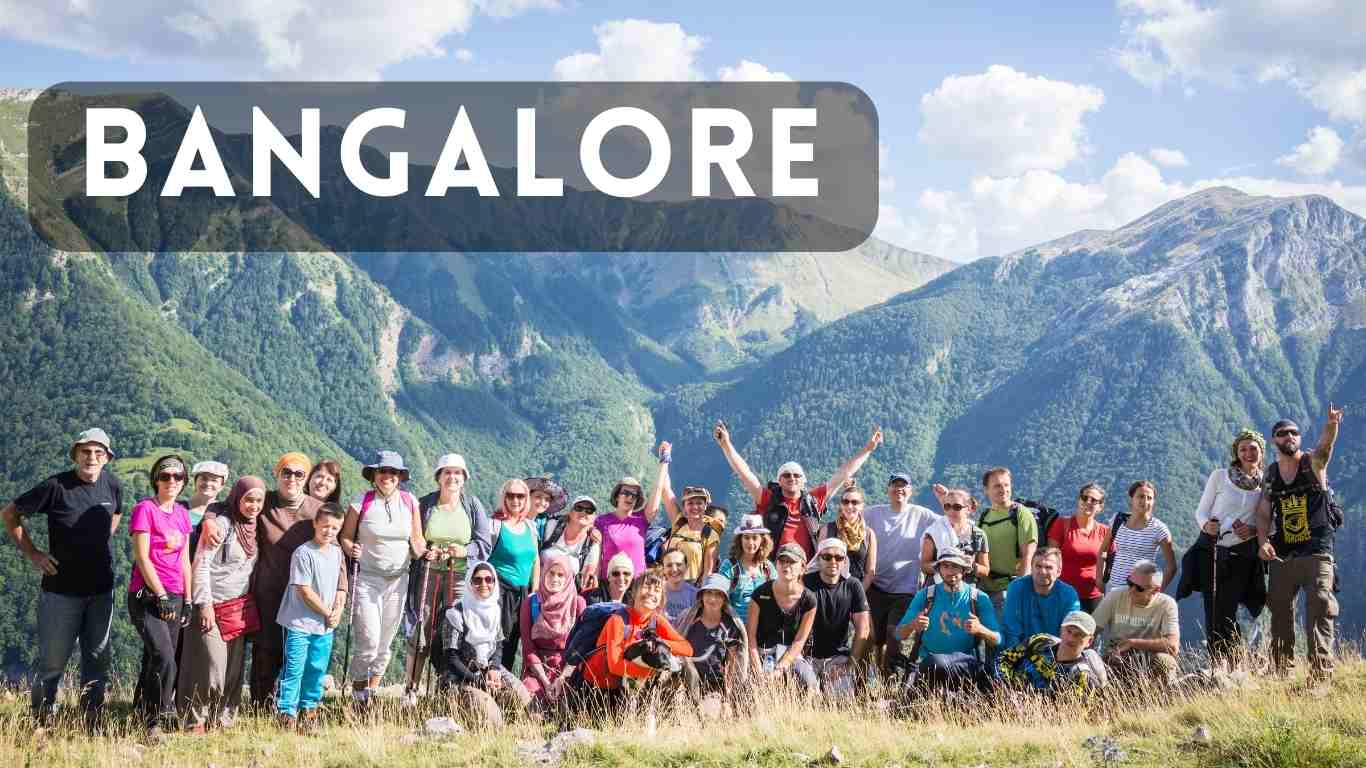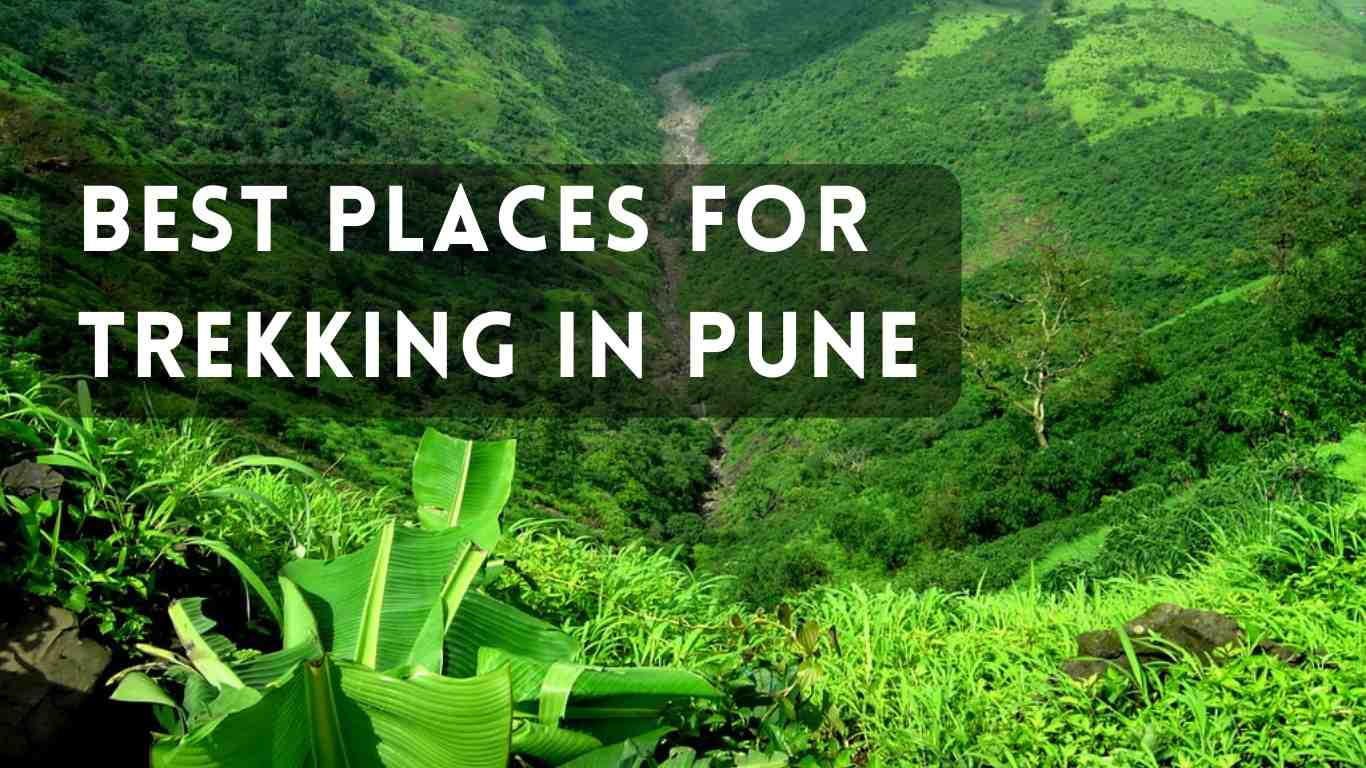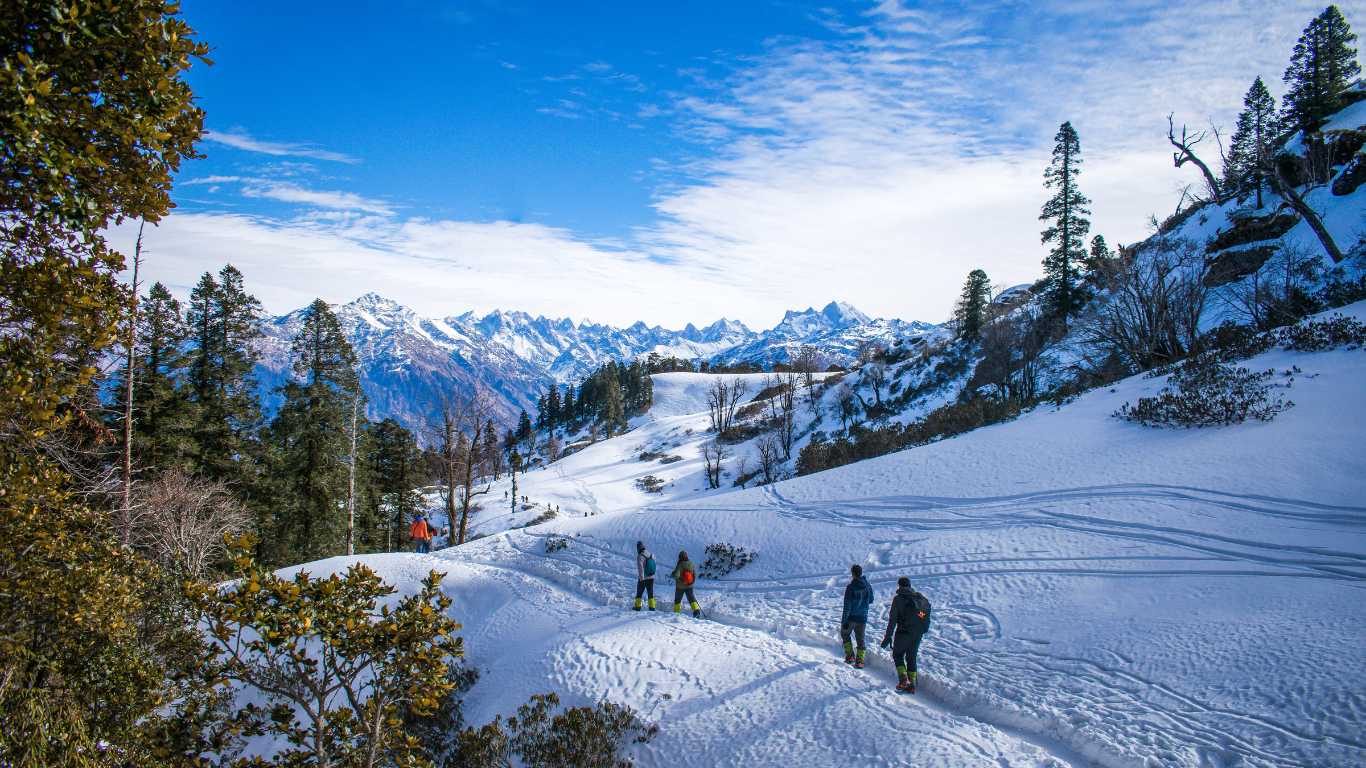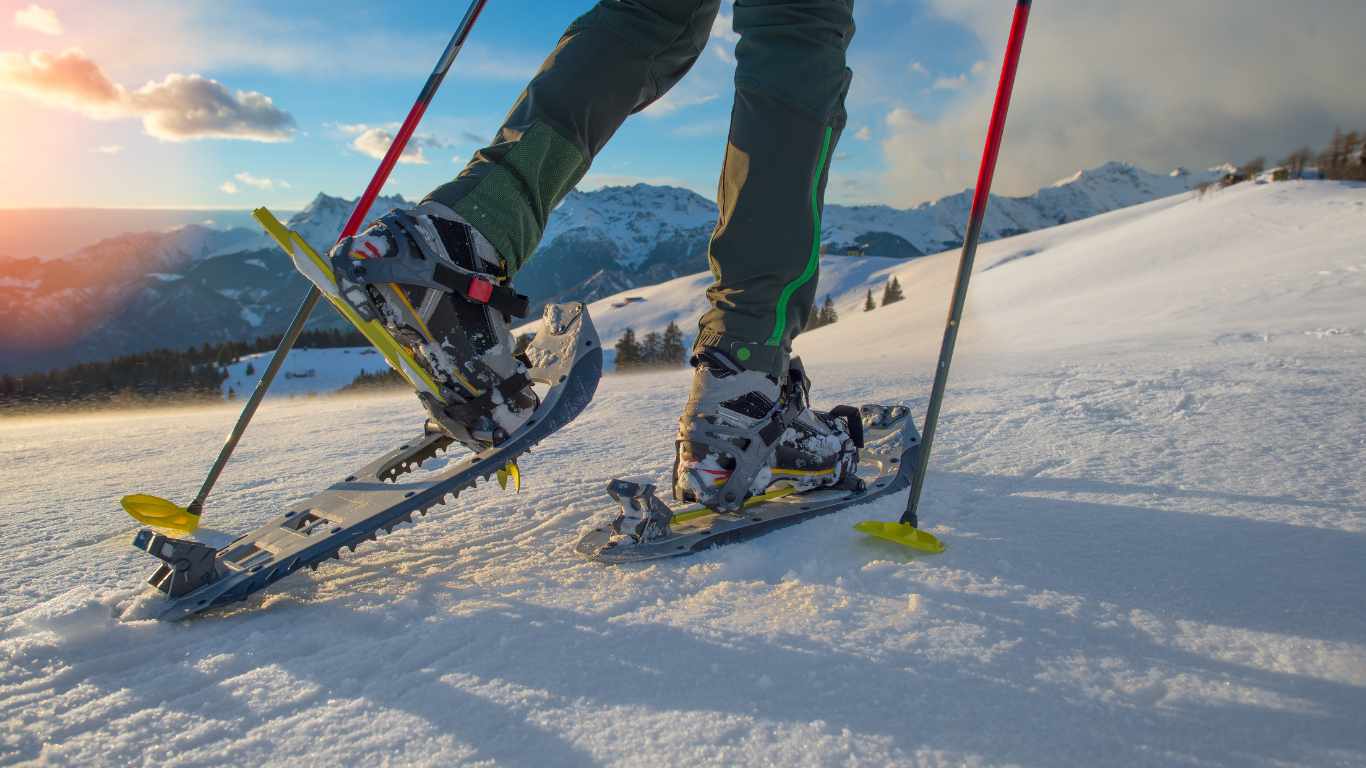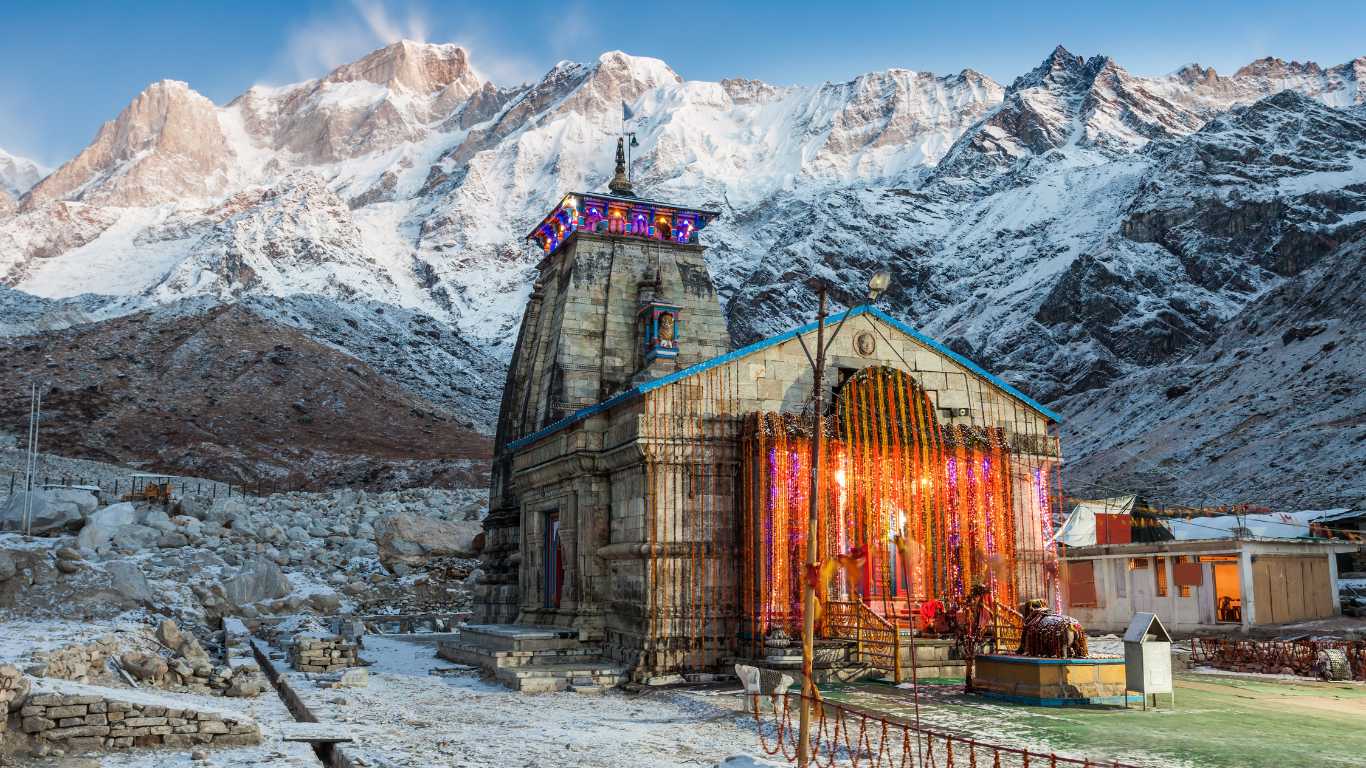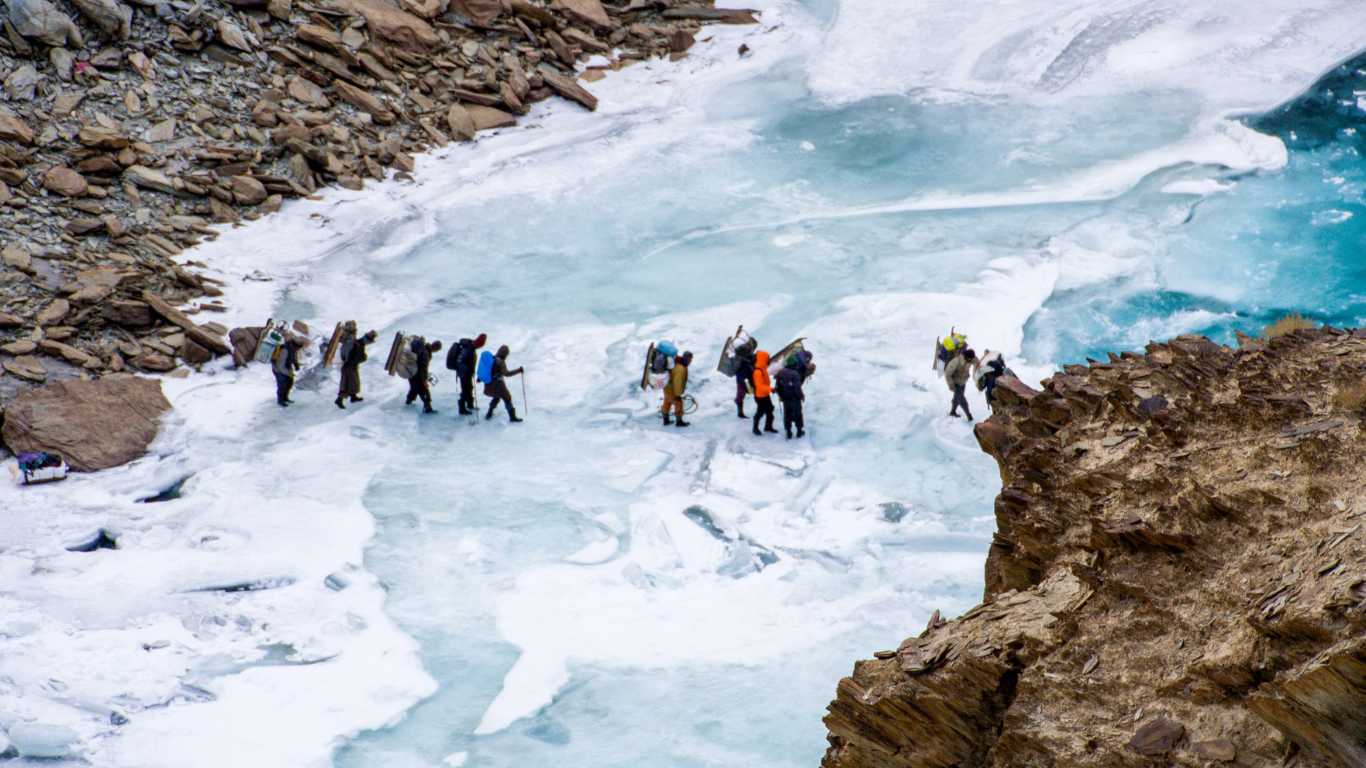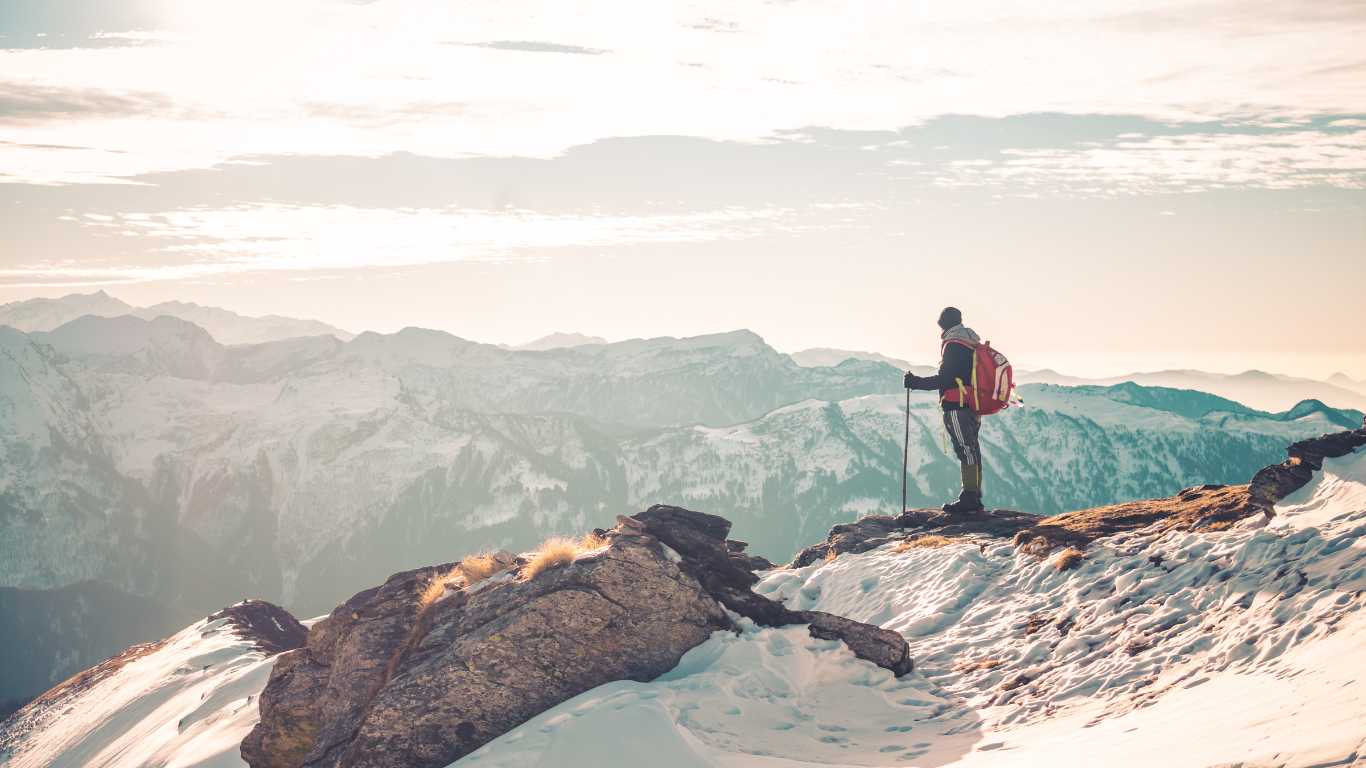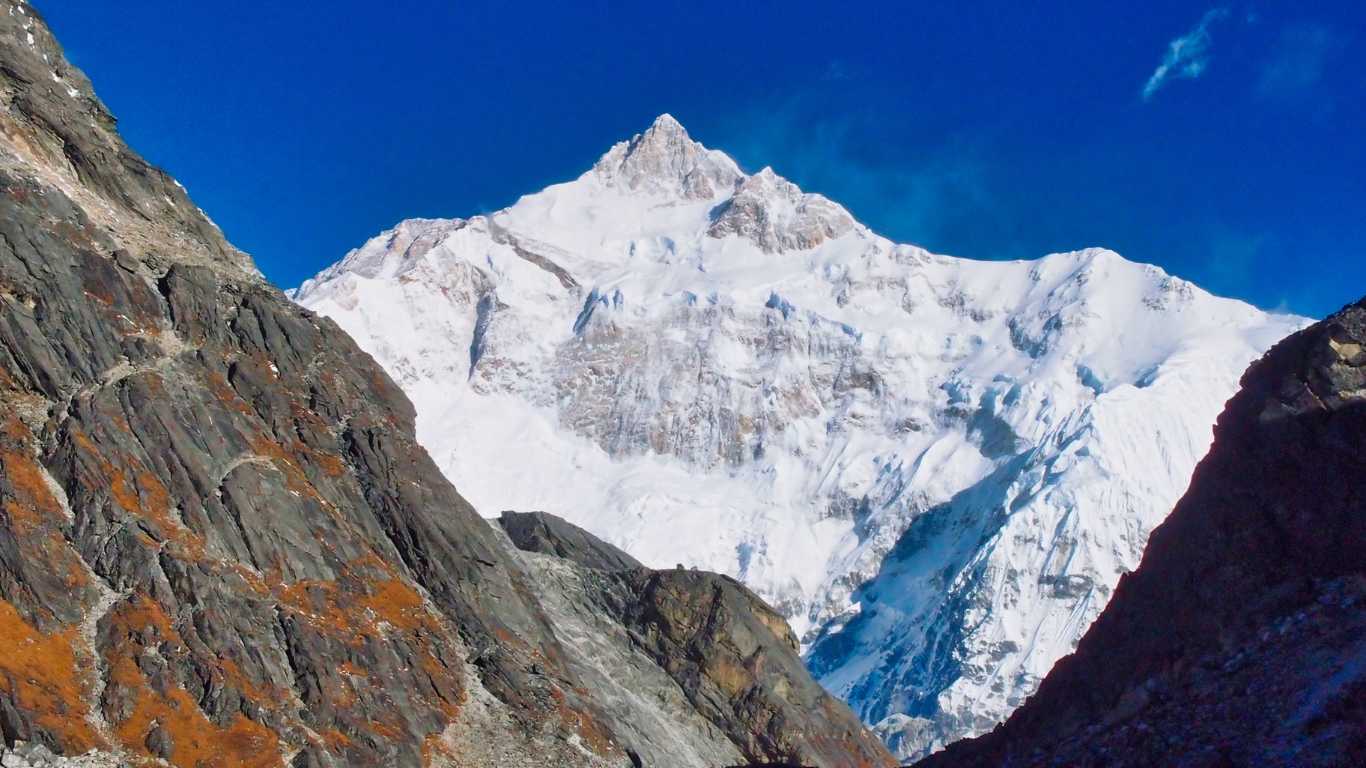Trekking in Hyderabad: Trekking Adventures & Thrilling Escapes
Craving adventure beyond the bustling streets of Hyderabad? Lace up your boots and embark on a journey into the rugged beauty surrounding the City of Pearls! Trekking in Hyderabad offers a thrilling escape from the urban sprawl, unveiling hidden gems nestled amidst serene hills and ancient forts. Whether you’re a seasoned adventurer or a curious beginner, there’s a trail here to match your stride and ignite your spirit. This article will be your guide to discovering the best trekking spots around Hyderabad, catering to diverse preferences and experience levels. We’ll delve into the historical whispers of ancient forts like Bhuvanagiri and Koilkonda, traverse the verdant landscapes of Ananthagiri Hills, and conquer the granite grandeur of the Ghats. Along the way, you’ll witness breathtaking panoramas, encounter diverse flora and fauna, and uncover hidden waterfalls and serene temples. So, pack your backpack, embrace the call of the wild, and get ready to explore a whole new side of Hyderabad. Let the adventure begin! Best Trekking Spots in Hyderabad Hyderabad, the City of Pearls, offers more than just bustling streets and historical monuments. For adventure enthusiasts, it’s a gateway to a treasure trove of trekking trails, each with its unique charm and challenge. Here’s a curated list of 10 best trekking spots near Hyderabad, catering to different experience levels and preferences: For the Gentle Adventurer: Gunrock Hills (13.7 km): A quick escape within the city, Gunrock Hills provides panoramic views of Hyderabad and Hussain Sagar Lake. The moderate trek offers well-maintained trails, making it perfect for families and beginners. Durgam Cheruvu (11 km): Nestled near HITEC City, this trail promises a peaceful walk through a scenic lake and its surrounding hillocks. With its easy terrain and vibrant birdlife, it’s ideal for a nature-filled afternoon. Ananthagiri Hills (81.9 km): This hill station offers multiple trails, ranging from easy to moderate. Explore ancient caves, temples, and coffee plantations, while enjoying breathtaking views of the Eastern Ghats. For the Moderate Trekker: Bhongir Fort (47.9 km): Hike up to this historic fort perched on a rocky outcrop, enjoying panoramic views of the surrounding plains. The moderate climb offers historical insights and a rewarding challenge. Kanakai Waterfall Trek (79 km): Embark on a moderate trek through dense forests and rocky terrains to reach the cascading Kanakai Waterfall. Take a refreshing dip in its natural pool and soak in the stunning scenery. Medak Fort (98 km): Challenge yourself with a steep ascent to this 12th-century fort. The moderate to difficult trek rewards you with breathtaking views, historical ruins, and a sense of accomplishment. For the Experienced Adventurer: Koilkonda Fort & Koilsagar Dam (104.7 km): This challenging trek involves crossing streams, navigating rocky terrain, and conquering over 500 steps to reach the Koilkonda Fort. Enjoy panoramic views of the Koilsagar Dam and the surrounding landscape. Ahobilam (350 km): This pilgrimage site in Andhra Pradesh offers a challenging trek through scenic valleys and past ancient temples. The diverse terrain and spiritual significance make it a unique adventure. Mallela Theertham (121.5 km): Deep in the Nallamala Hills, this trek takes you through dense forests and challenging climbs to reach a hidden waterfall and natural pool. Be prepared for a physically demanding and rewarding experience. Chincholi Forest Trek (139.9 km): Escape the city and immerse yourself in the serene beauty of the Chincholi Forest. This moderate to difficult trek offers diverse landscapes, from rocky climbs to serene streams, making it a true wilderness adventure. Remember: Before embarking on any trek, research the difficulty level, carry essential supplies, and prioritize safety. Enjoy your exploration of Hyderabad’s hidden gems! Preparing for a Trek in Hyderabad Hyderabad’s diverse landscape offers a plethora of thrilling trekking opportunities for all experience levels. But before you lace up your boots and hit the trails, thorough preparation is key to ensuring a safe and enjoyable experience. Here’s a comprehensive guide to help you conquer your next trek in the City of Pearls: Research & Choose Your Trail: Match your skill level: Choose a trail that aligns with your fitness and experience. Start with easier options like Gunrock Hills or Durgam Cheruvu if you’re new to trekking. For seasoned adventurers, Koilkonda Fort or Mallela Theertham provide a thrilling challenge. Research terrain and weather: Understand the trail’s difficulty level, elevation gain, and weather conditions. Check for recent monsoon activity or potential landslides during rainy seasons. Check accessibility and permissions: Research if permits are required for specific trails or if they are closed during certain seasons. Gear Up for Adventure: Footwear: Invest in sturdy hiking shoes or boots with good ankle support and traction. Avoid wearing worn-out or slippery shoes. Clothing: Opt for quick-drying, breathable clothing suitable for the weather. Pack layers for changing temperatures, especially on high-altitude treks. Essentials: Carry a backpack with essential supplies like water bottle, high-energy snacks, sunscreen, insect repellent, first-aid kit, and a power bank for your phone. Safety gear: Depending on the trail’s difficulty, consider carrying a headlamp, whistle, and trekking poles for added stability. Plan & Pack Smart: Inform others: Share your itinerary and estimated return time with friends or family, and inform them if you’re going solo. Stay hydrated: Pack enough water to stay hydrated throughout the trek. Consider carrying electrolyte tablets for replenishing lost minerals. Pack light: Avoid overpacking your backpack. Prioritize essential items and keep weight manageable for a comfortable trek. Respect the environment: Practice responsible trekking by leaving no trace. Pack out all your trash and avoid disturbing flora and fauna. Additional Tips: Start early: Begin your trek early in the morning to avoid the heat and crowds, especially during the summer months. Carry a map and compass: Even on marked trails, having a map and compass for navigation can be helpful. Learn how to use them before venturing out. Listen to your body: Pace yourself, take breaks when needed, and don’t hesitate to turn back if you feel unwell or the conditions become challenging. Respect local customs: Be mindful of cultural sensitivities and dress appropriately when visiting religious sites or tribal areas. By following these tips and tailoring them to your specific trail and needs, you can set yourself up for a successful and memorable trekking experience in Hyderabad. Remember, safety and responsible trekking are paramount, so always prioritize them above … Read more

